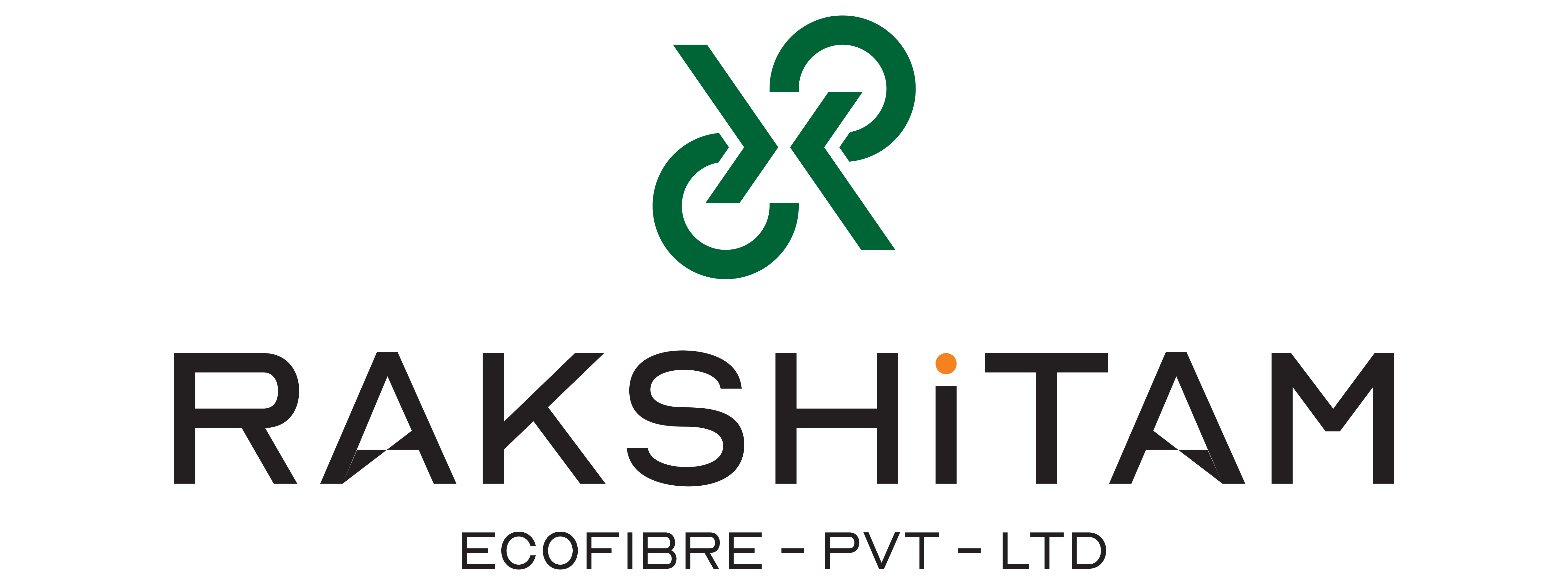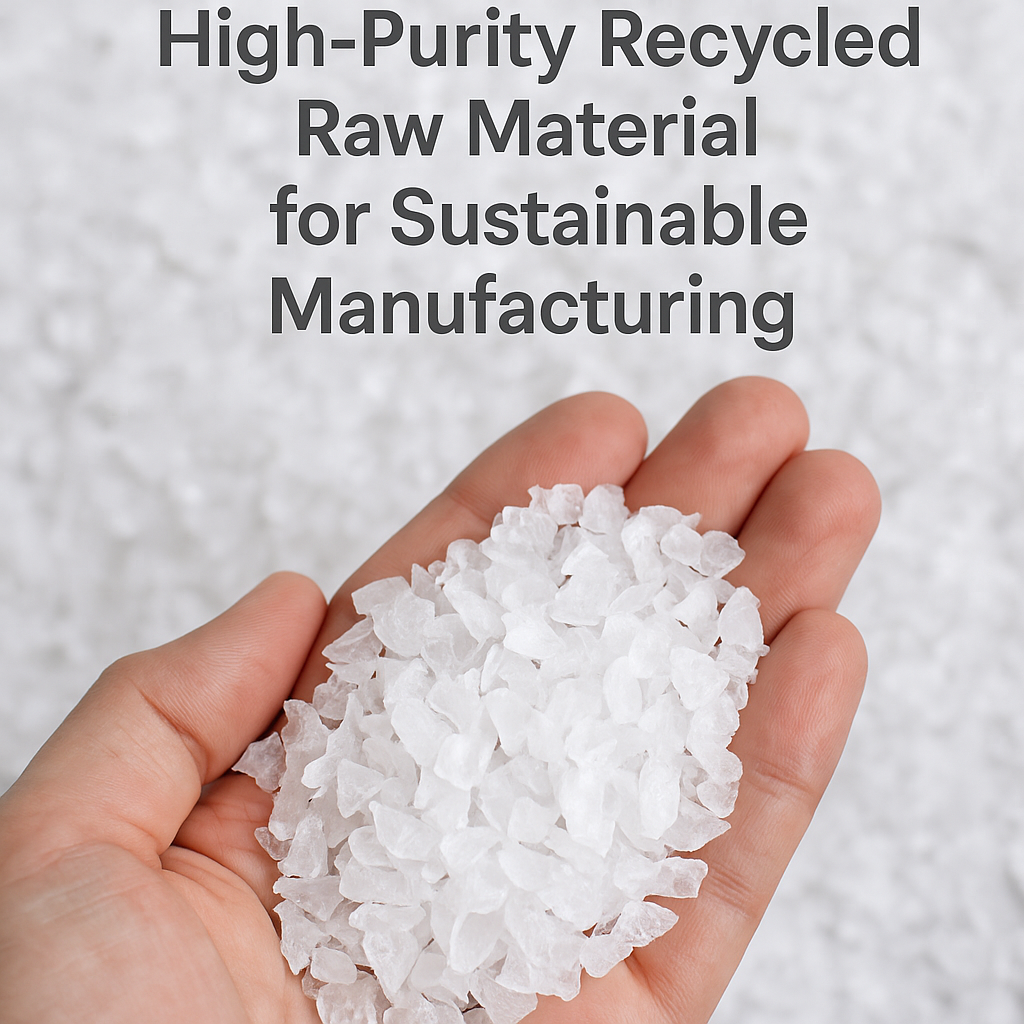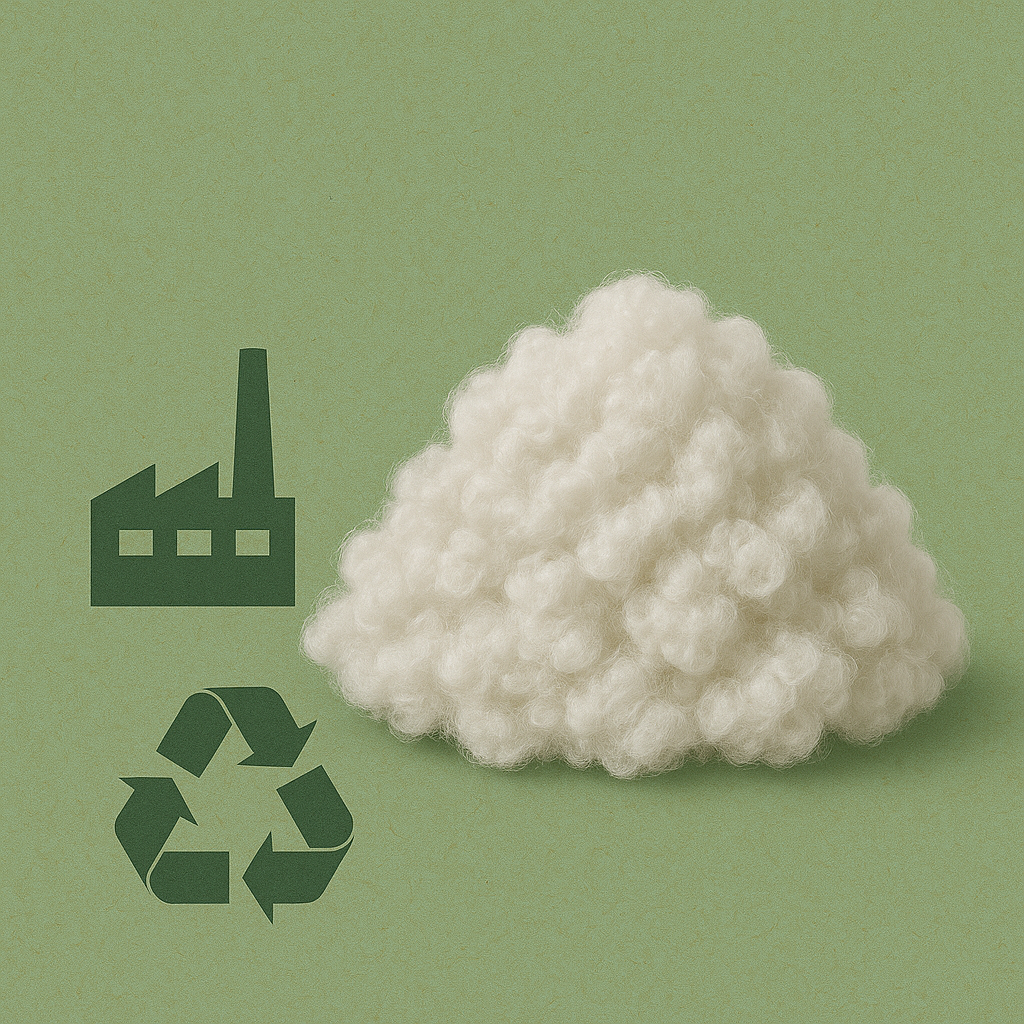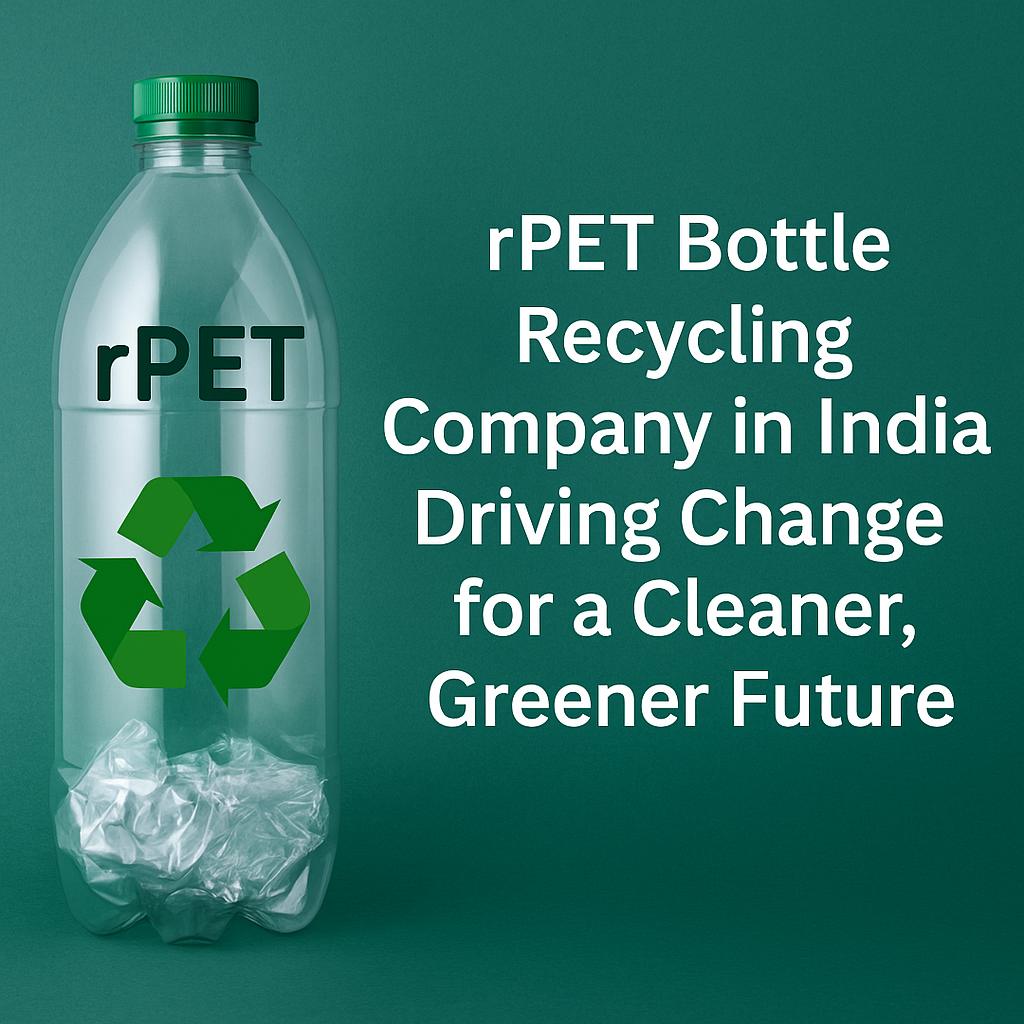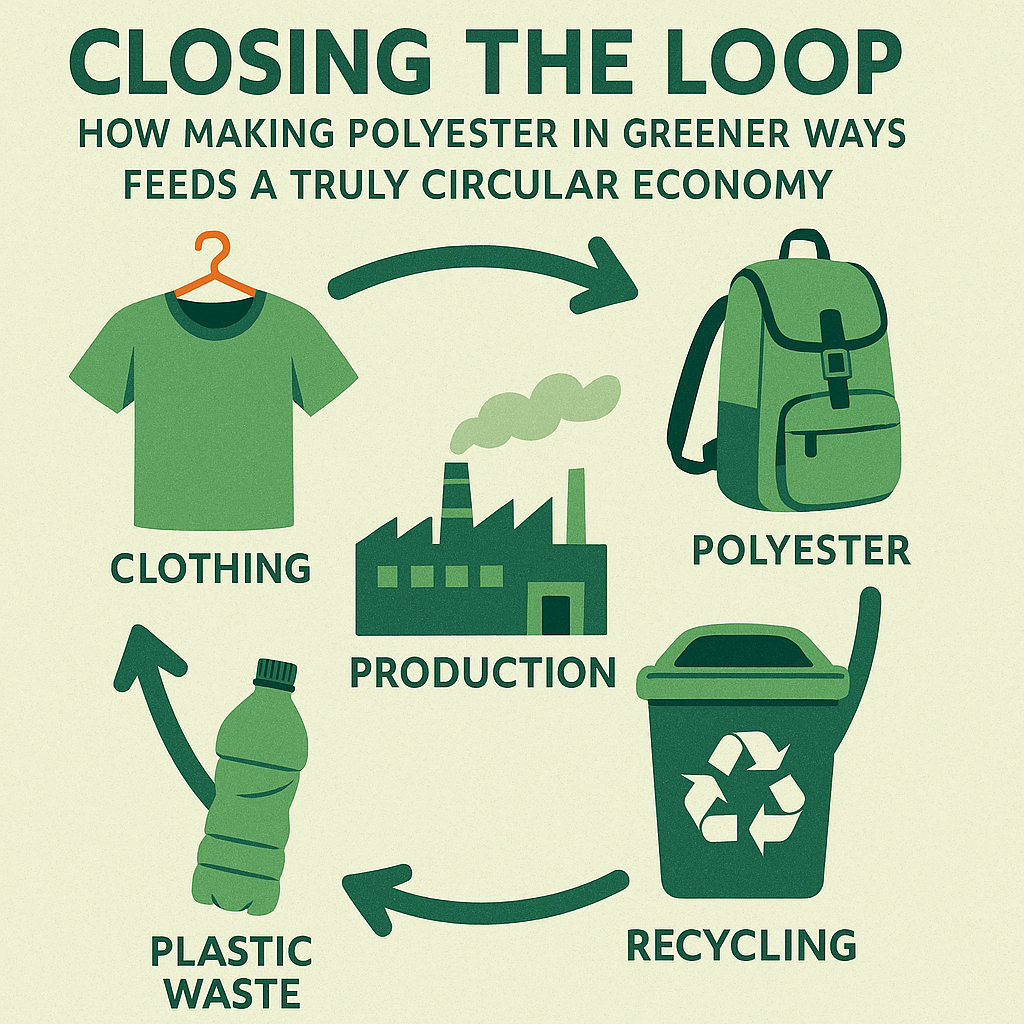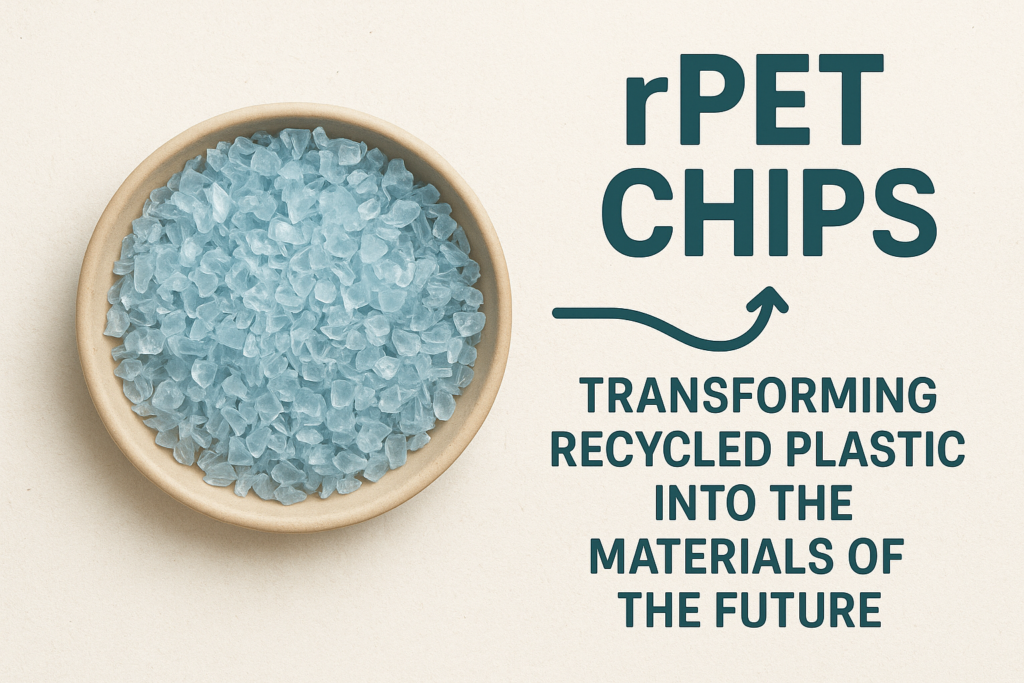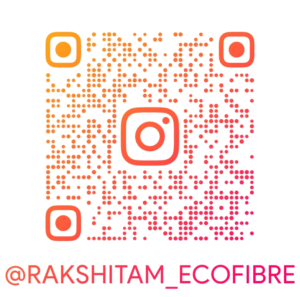One of the world’s largest and most resource-intensive sectors is the textile industry, and it is under pressure to go green. At the helm of this revolution is recycled polyester (rPET), which not only is friendly to the environment but also versatile and economical. With the need to balance economic growth with environmental responsibility, recycled polyester is now an important player in this field. Here’s why recycled polyester is transforming the textile industry.
Knowing Recycled Polyester
Recycled polyester is generally referred to as rPET. This fiber comes from post-consumer plastic waste, which can include the PET bottles thrown away by consumers or other types of industrial polyester waste. Through collecting, cleaning, and melting the plastic, one obtains high-quality fibers to weave into fabric. It looks and feels and even feels just as strong as virgin polyester even though it was recycled from something that has been disposed of in a landfill or incinerator.
Environmental Challenges
The textile industry has significant environmental challenges, such as high water consumption, greenhouse gas emissions, and waste generation. Recycled polyester has a more sustainable production process.
Reduce Plastic Waste: Plastic pollution is a global crisis, with billions of PET bottles being thrown away every year. rPET reduces the volume of plastic waste in landfills and oceans by converting this waste into textile fibers.
Reduce Carbon Footprint: rPET requires much less energy to produce than virgin polyester. This means a reduction in greenhouse gas emissions and is in line with global efforts to combat climate change.
Saves Natural Resources: Since rPET is produced from existing materials, natural resources are conserved and the new raw material is also preserved.
Multi-usage Applications
One of the most compelling reasons for why recycled polyester is finding its space in the textile industry is due to versatility. rPET can be used in a variety of products like clothes, accessories, home textiles, and industrial fabrics.
Fashion Industry: High fashion houses are using rPET in all types of products such as active wear, casual wear, and haute couture.
Outdoor Gear: This rPET is very suited for outdoor clothing such as jackets, backpacks, and tents due to water resistance and durability.
Home Textiles: The recycled polyester is being applied to curtains, upholstery, and carpets to allow people to have an eco-friendly interior design.
Meeting Consumer Demand for Sustainability
Presently, the green-conscious consumer demands greater sustainability in purchasing decisions. Such change in the nature of consumers makes green products more desirable, and companies are selecting sustainable materials such as rPET for producing goods.
Premium products fulfilling the needs and values of the environmentally conscious consumer serve as a perfect answer for rPET in satisfying such consumers. Labels or marks related to recycled material have now become a good marketing tool as they enhance the reputation of brands and contribute to consumer loyalty.
Circular Fashion Support
Recycled polyester is one of the pillars of circular fashion, the aim behind which is to achieve an almost closed loop for this industry. In such a structure, materials are continuously used repeatedly over and over again, further reducing waste and maximizing the lifecycle of products.
An example is recycling polyester garments into new fibers, reducing virgin resource dependence and encouraging sustainable production cycles. As recycling technologies continue to evolve, the vision of a fully circular textile industry draws closer.
rPET Overcoming Obstacles
rPET has several advantages but still suffers from challenges with the large-scale use of its application:
Quality Control: It is hard to ensure the constancy and quality of rPET fibers when working with materials collected from different waste streams.
Cost: Sometimes, rPET production can be more costly than virgin polyester because it involves complicated recycling processes.
Scaling: The recycling infrastructures have to be developed, and production capacity has to be scaled up to provide for the increased demand for rPET.
These industry players have now started to address the said issues through innovation, cooperation, and investment in rPET technologies.
Trends around the World Promoting rPET Use
Some of the global trends support increased adoption of rPET: The governments globally are enforcing legislation that eliminates plastic waste generation and enhances recycling. Therefore, it becomes easy to adopt rPET.
Company Sustainability Targets: Many companies have reported bold targets for sustainability. For example, such companies claim the use of 100% recycled materials in their productions by a certain date.
Consumer Awareness: Awareness about the environmental impact of textiles has driven demand for sustainable alternatives.
Future of Recycled Polyester
In the context of a growingly sustainable textile industry, recycled polyester will continue to be at the forefront of that development. Improvements in recycling technology, including chemical recycling, will further increase the quality and scalability of rPET. Interactions between brands, governments, and NGOs are driving the way toward a more sustainable textile ecosystem.
The future of recycled polyester lies in its ability to be integrated into a more circular economy, where materials would be reused and waste at minimum. This vision meets the global efforts to help create a more sustainable, resilient textile industry.
Conclusion
Recycled polyester is much more than a sustainable material; it is a change in production and consumption by the textile industry. rPET, by addressing environmental challenges, meeting consumer demand, and supporting circular fashion, transforms the industry for the better.
As brands and manufacturers continue to innovate and focus on sustainability, recycled polyester will shape the future of textiles. The future of the textile industry will be balanced with economic growth and environmental stewardship.
